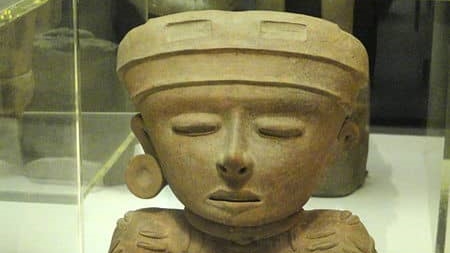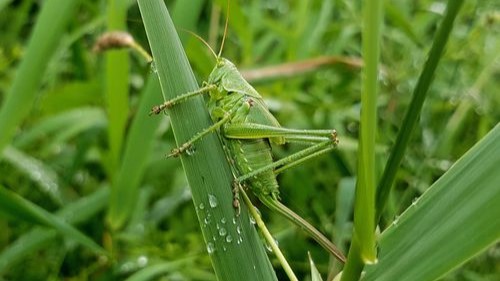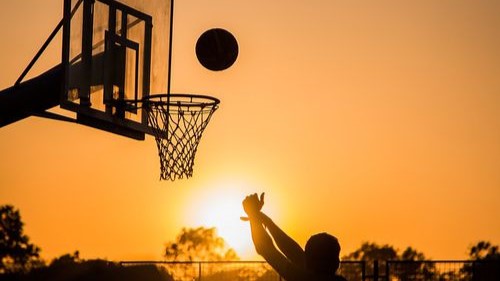You’ve probably heard over the years that sharing is a good thing to do. But have you ever tried to share something with a fish? Farmers and landowners along the Columbia River are doing just that. They are sharing the cool, clean, fresh water they all need with different species of Pacific coast salmon.
These salmon live most of their lives in the Pacific Ocean. To survive in the ocean, they have to avoid being eaten by other fish and marine mammals such as killer whales. When the salmon get big enough, they decide it is time to travel back toward land. They swim into the Columbia River system, often traveling hundreds of miles against the current, jumping up small waterfalls and over rapids. Once they reach certain lakes, wetlands, or smaller streams, they gather to spawn, or lay eggs.
Once the eggs hatch, the baby salmon stay on the gravelly bottom of the lake until the food provided from their egg is gone. Then they make their way from the lakes down to the ocean, stopping to eat and grow as they travel back downstream through streams and rivers, for months or even years. More than 400 distinct populations of salmon do this in the Columbia River system, which stretches from Washington and Oregon into Idaho and Montana.
Unfortunately, salmon face many threats. One of the toughest challenges arises when the streams and rivers running to the lakes run low of water in the summer and early fall. Some even dry up completely. Farmers and landowners sometimes use so much water for irrigating, or watering, their crops that there is not enough left for the salmon to swim through.
Conservation organizations who are looking out for salmon want to keep enough water in the streams for the fish to complete their journey. To do this, sometimes the organizations ask landowners to buy the water rights to the streams that flow through their properties. When a group buys water rights, it means they control who gets to use the water. They also control how much water can be taken out of a river or stream. Sometimes a group buys the rights forever. Other times, the group just buys the rights for a few years.
Conservationists want to be fair to landowners as well as to the fish, so organizations work with the landowners to make sure they get just the right amount of water they need for their crops. They also make sure the fish have plenty of water to swim through on their journeys to the lakes.
One program started by the National Fish and Wildlife Foundation began buying water rights in 2002. The group has made more than 610 of these water purchases and restored nearly 652 billion gallons of water to the streams in the Columbia Basin. That’s a lot of water!
The program isn’t over yet. The goal is to increase the water flow by a total of almost four trillion gallons of water. That’s enough water to fill 1,600 Olympic-size swimming pools!
By carefully managing the flow of this fresh water and sharing the resource with salmon, conservation groups and farmers can help salmon make these incredible spawning migrations.









